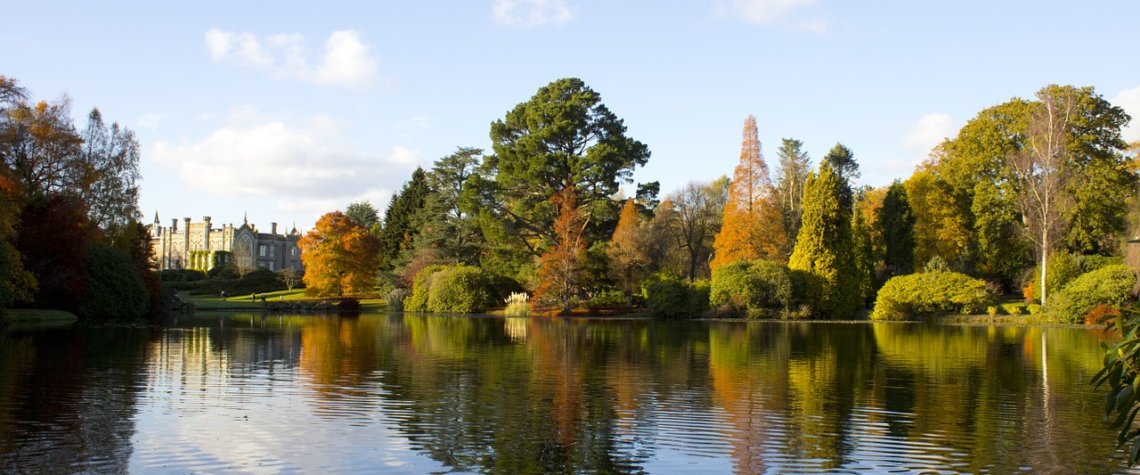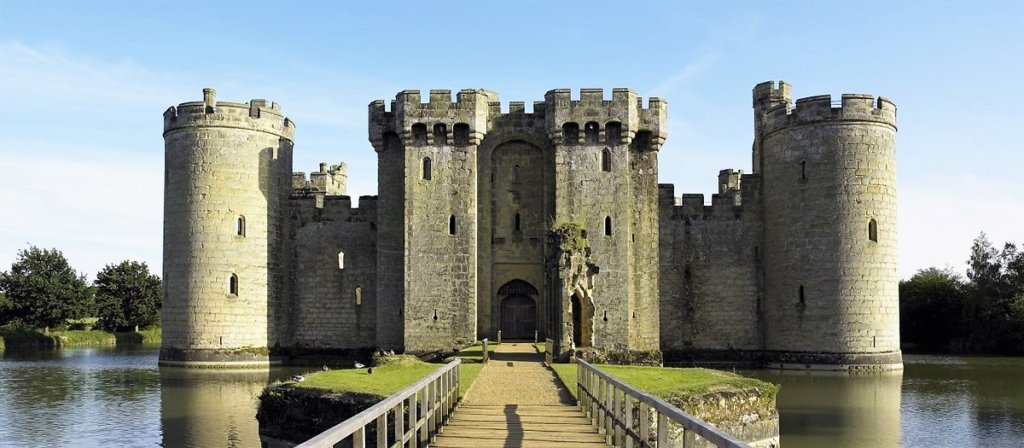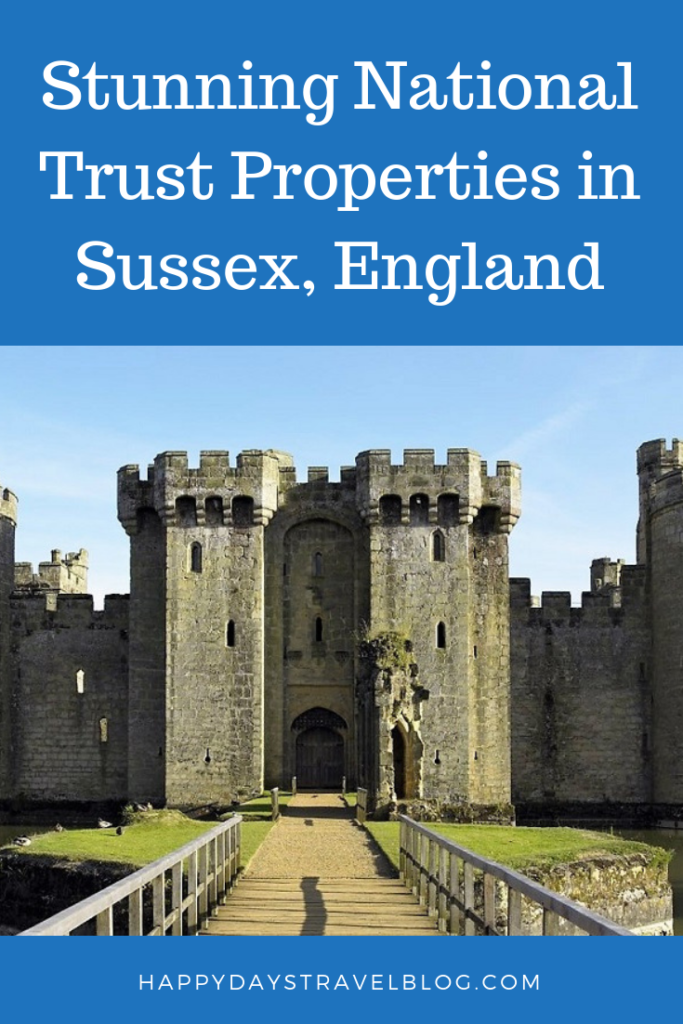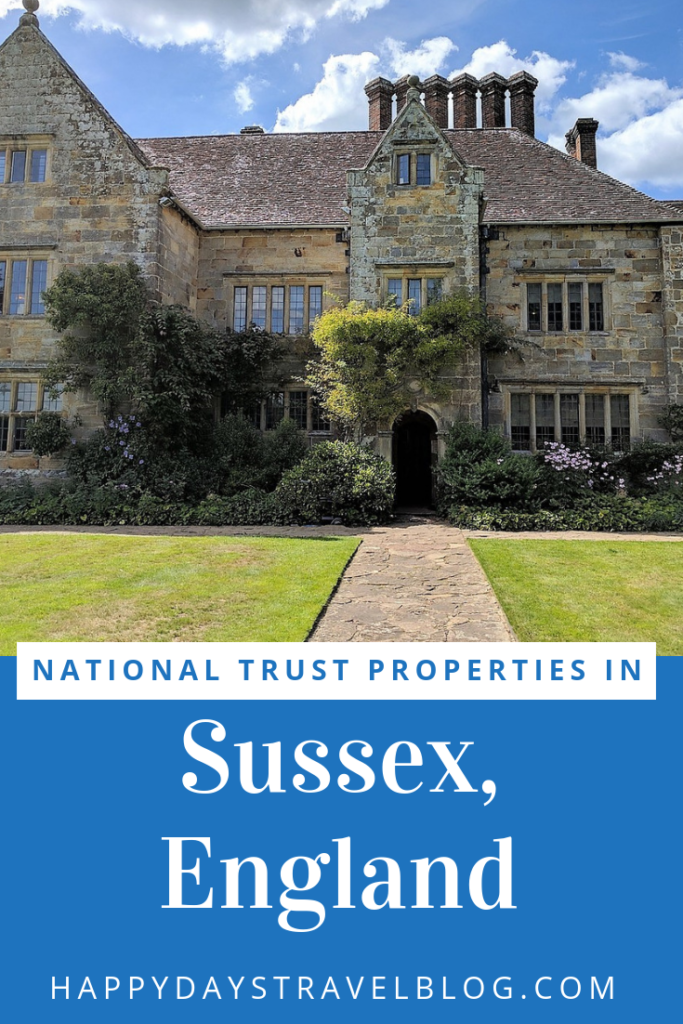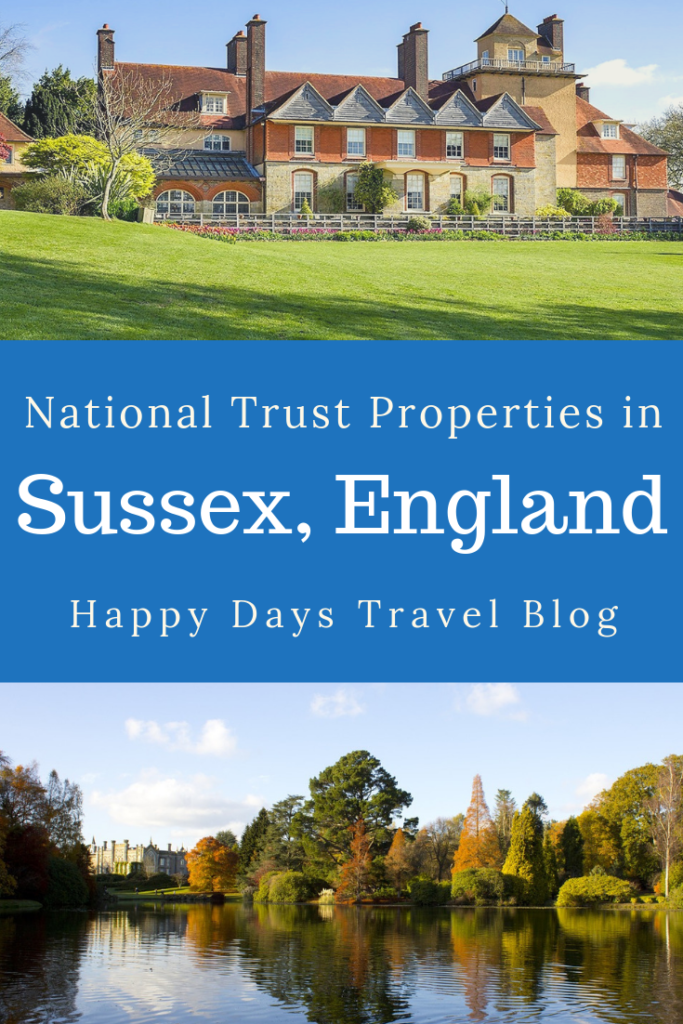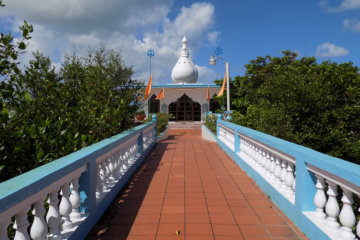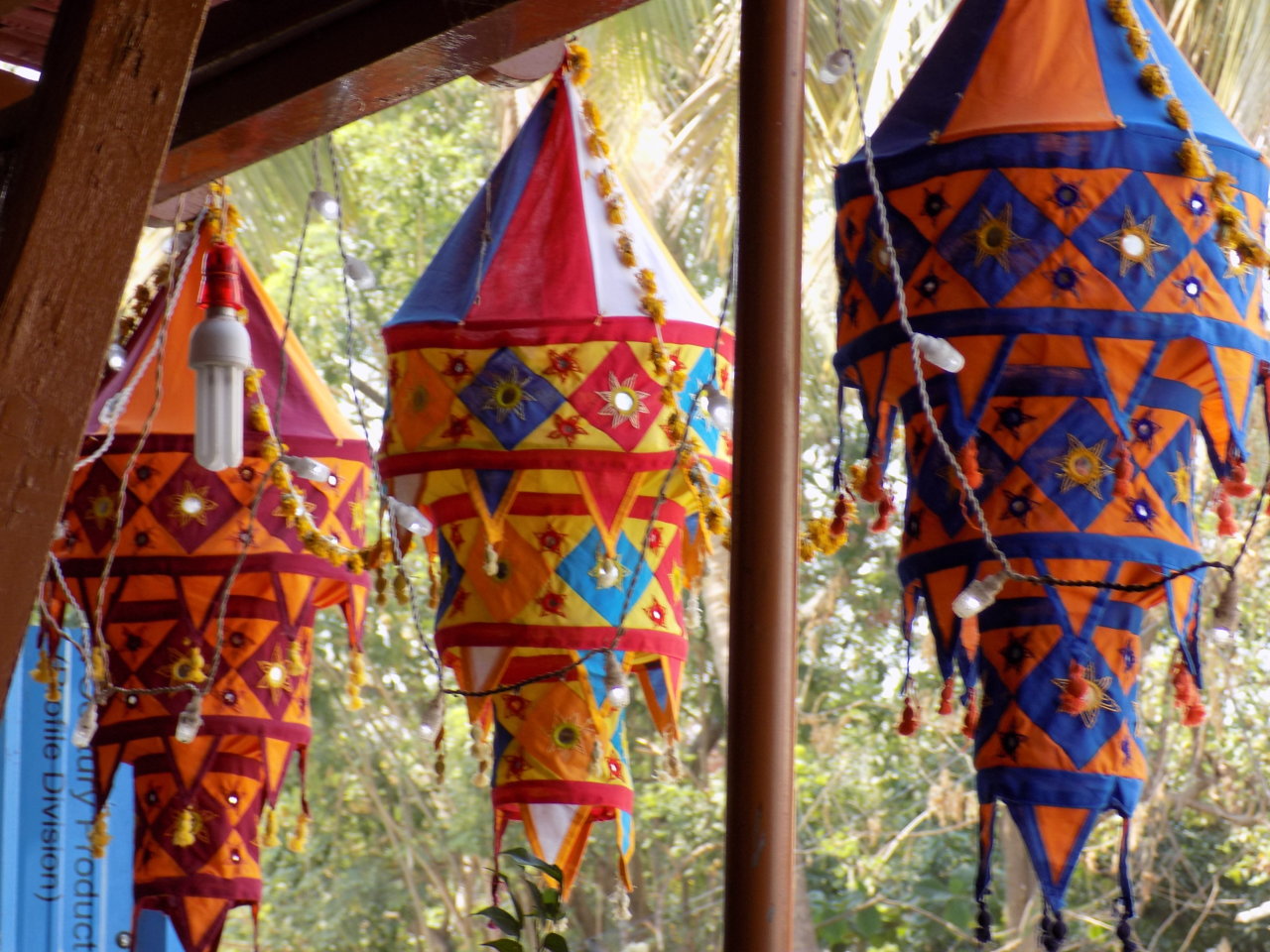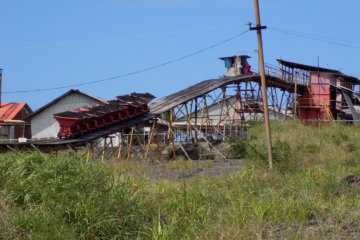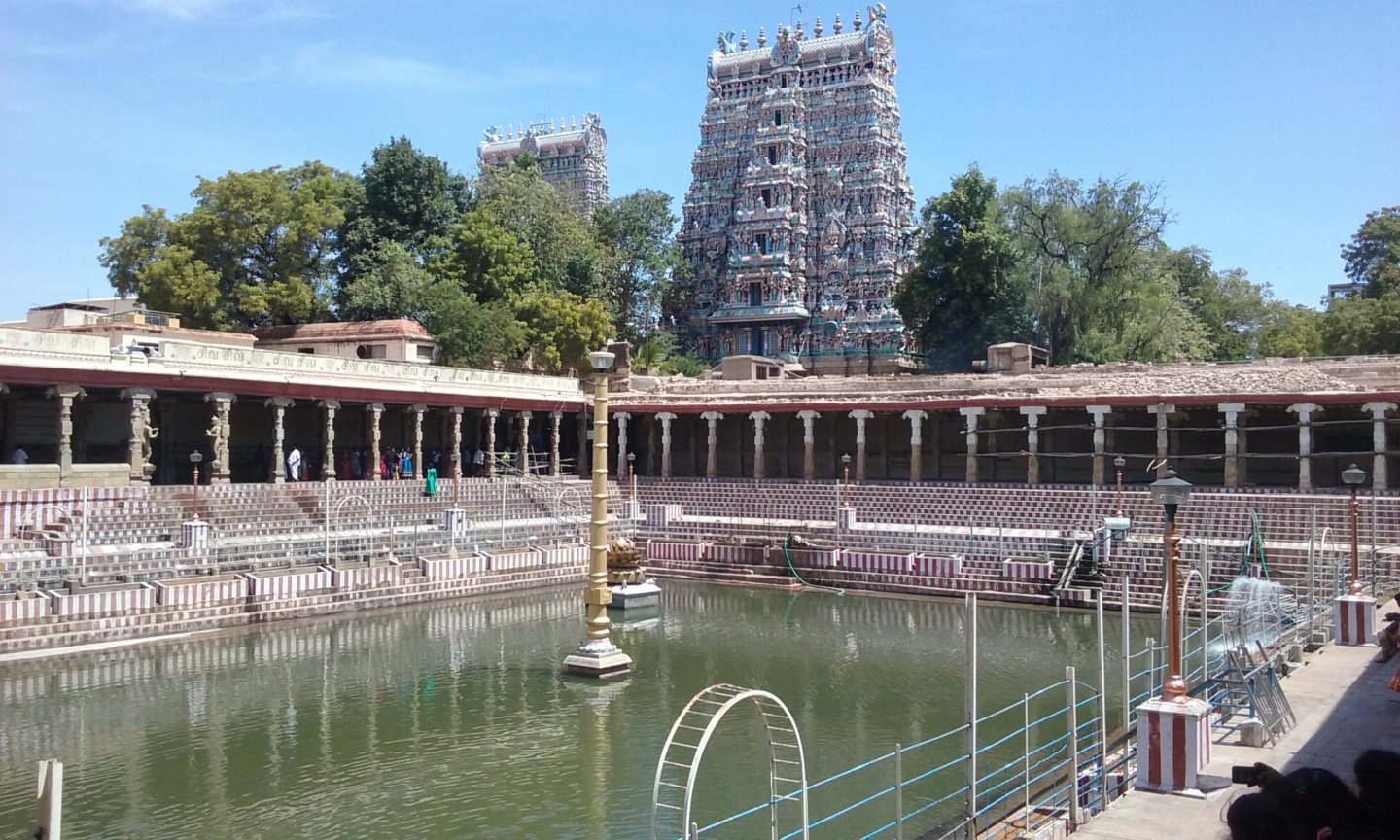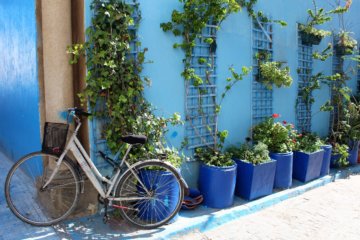In this article, I’d like to tell you about my favourite National Trust properties in Sussex.
Mark and I have always been keen supporters of the National Trust. Indeed, when we lived in the UK, we were members for ten years or more. In a former life, I had my dream job. I worked for the publishing and book supply company that sourced all of the printed material for National Trust shops. I was in my element! I spent my days driving from one National Trust property to another talking to people about books!
In this article
Bateman’s
Just like countless others, as a child, I loved reading Rudyard Kipling books. My favourite was ‘The Jungle Book’. I also loved the ‘Just So Stories’. Kipling’s poem, ‘If’, resonated with me when I first heard it in a school assembly. Even though it was written as a father’s advice to his son on becoming a man, I felt there was a lot for girls to take from it, too. It was my father-in-law’s favourite poem and many, many years later, I was proud to read it at his funeral.
With my lifelong love of Kipling’s work, it’s no surprise that one of my favourite National Trust properties is the house he called home from 1902 until his death in 1936.
History
Bateman’s is an attractive Jacobean mansion in the village of Burwash, East Sussex in 1634. It is built out of local sandstone and has two storeys with gables above. The windows are mullioned and the roof has an impressive row of six diamond-shaped red brick chimney stacks. It is believed that it was commissioned by a wealthy ironmaster.
By the early twentieth century, the house had descended to the status of a farmhouse and was in a poor state of repair. The Kiplings first saw it in 1900, when they returned to England from America. They fell in love with it on first sight. Two years later, they bought it, along with 33 acres of land, for the princely sum of £9,300.
Over the next thirty years, Kipling wrote some of his finest works at the house.
When Rudyard’s wife, Carrie, passed away in 1939, three years after the man himself, she left Bateman’s to the National Trust.
Today
The house is a Grade I listed building, the highest grade reserved for buildings of ‘exceptional interest’.
The interior has been kept as it was when the Kiplings lived here. My favourite room is Rudyard’s study. It’s such a privilege to be in the place where he wrote. It feels like he has just stepped outside and could walk back in at any moment. The walls are lined with hundreds of books. His desk is as messy as it was when he was using it and is covered in ink spots. The day bed where he relaxed has many burns, evidence of his 40-a-day Turkish cigarette habit.
Bateman’s is home to almost 5000 artefacts relating to Kipling, including his Nobel Prize for literature and his Rolls Royce Phantom I. There are many souvenirs brought back from India, Burma and Japan, as well as paintings he collected, particularly works by Edward Poynter and James Whistler. The collection was curated by Kipling’s daughter, Elsie when the National Trust was preparing the property to open it to the public. Many of the items still have explanatory cards written by her.
One of the many joys of a visit to Bateman’s is to walk in the gardens which Kipling created from 1907 using the money from his Nobel Prize.
Opening Times
Check the website for up-to-date opening times.
Entrance Fees
- Adult – £11.50
- Child – £5.75
- Family – £28.75
- NT Members – FREE
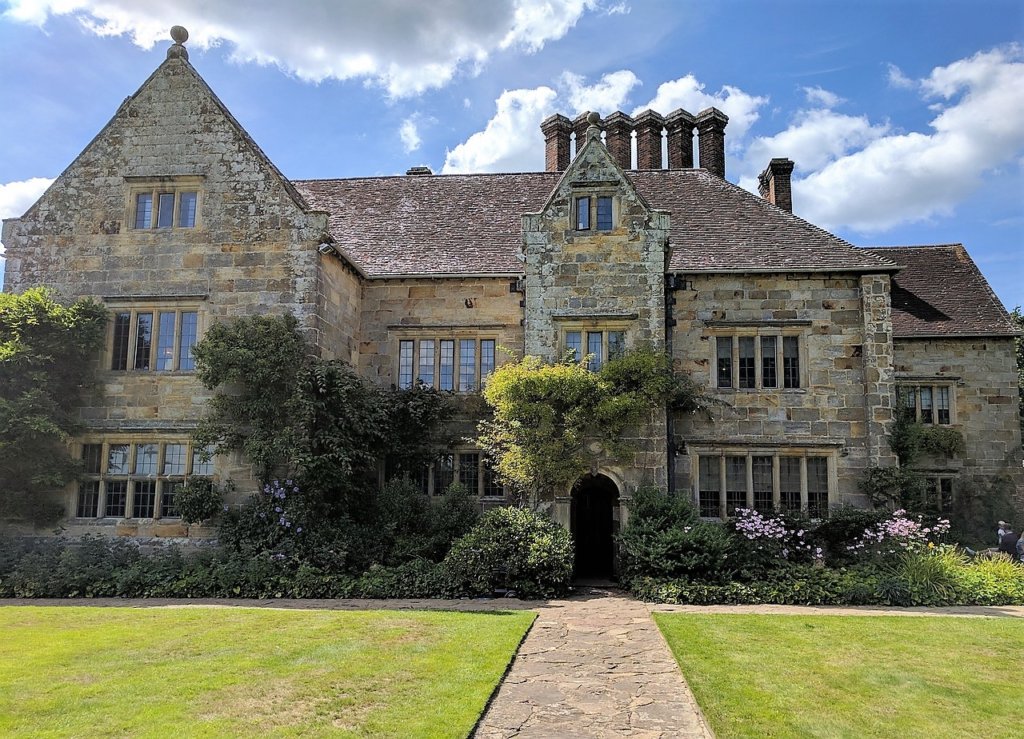
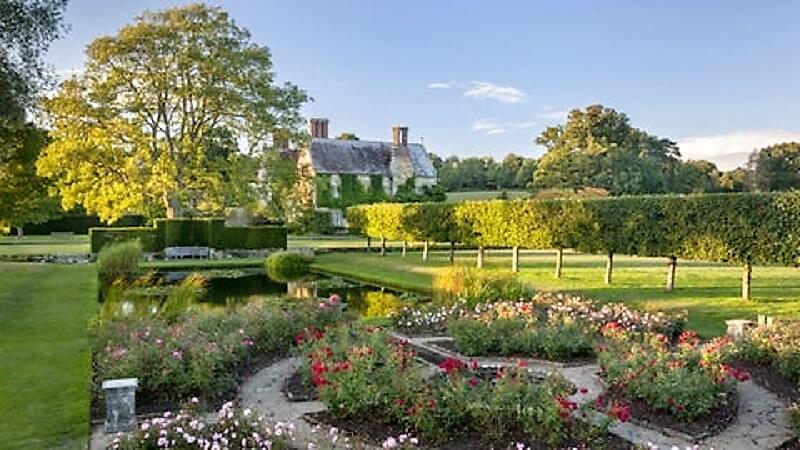
Sheffield Park and Garden
Sheffield Park and Garden is an informal landscape garden located five miles east of Haywards Heath in East Sussex. I love the peace and tranquillity of the place and have many happy memories of walks around the lake and through the woods, particularly with my mother-in-law. I was always worried that she would trip and fall on the uneven ground as she walked along gazing up in awe at the magnificent trees!
History
Sheffield Park as an estate is mentioned in the Domesday Book. In August 1538, Thomas Howard, 3rd Duke of Norfolk, entertained Henry VIII here. By 1700, the park had been partially formalised by Lord De La Warr who planted avenues of trees radiating from the house he owned nearby and cleared areas to establish lawns.
In the late eighteenth century, Sheffield Park House was remodelled by James Wyatt in the fashionable Gothic style and Lancelot ‘Capability’ Brown was commissioned to landscape the gardens. He created four lakes which formed the centrepiece of the park.
In 1876 the third Earl of Sheffield laid out a cricket pitch. It was used on 12 May 1884 for the first-ever cricket match between England and Australia. The Australian team won by an innings and 6 runs.
By 1885, an arboretum was being established, consisting of both exotic and native trees. Many black tupelos were planted with the specific aim of bringing autumn colour to the park.
Arthur Gilstrap Soames purchased the estate in 1910 and he continued large-scale planting.
During World War II, the house and garden became the headquarters for a Canadian armoured division, and Nissen huts were sited in the garden and woods.
The estate was split up and sold in lots in 1953. The National Trust bought about forty hectares.
Today
The National Trust now owns almost 80 hectares of the park. Sheffield Park House remains privately owned.
The park is a joy to visit whatever the season. You can walk along the paths that wind through the woods, admire the lakes with their cascades and bridges, or enjoy a picnic in a quiet, shady spot. In spring, the rhododendron garden is a sight to behold with flamboyant displays in vivid blues and pinks. The waterlilies are at their best in summer, whilst in autumn, the park glows with brilliant shows of reds, oranges, purples and greens, all reflected back in the mirror-like lakes. Wreath-making workshops are just one of many reasons to visit Sheffield Park in winter.
Opening Times
Check the website for up-to-date opening times.
Entrance Fees
- Adult – £13.10
- Child – £6.50
- Family – £32
- NT Members – FREE
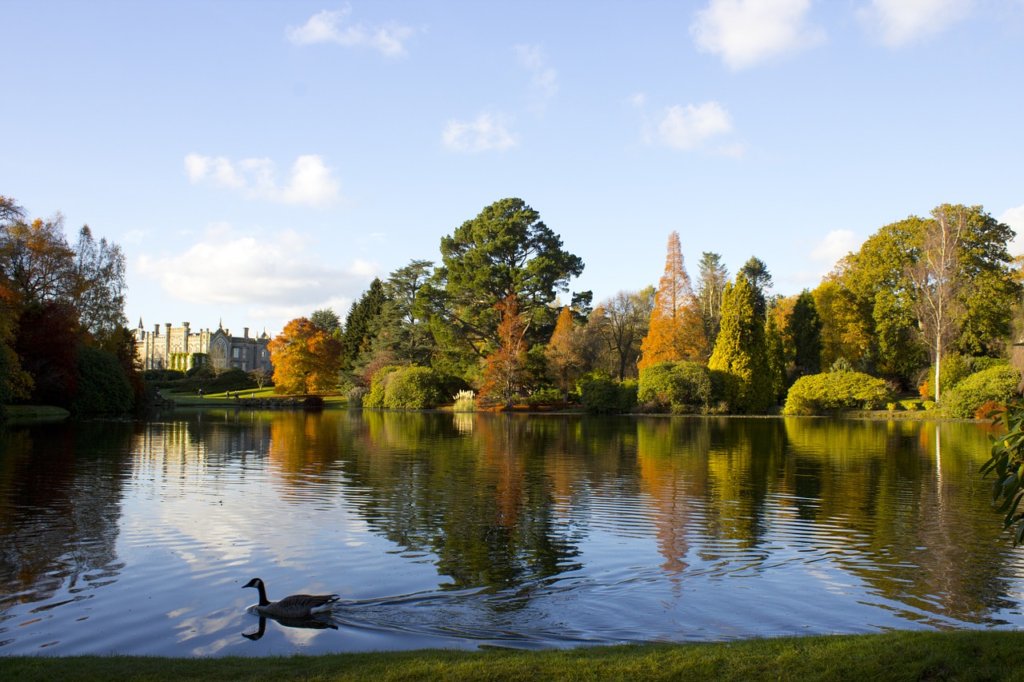
Standen House and Garden
Standen is an Arts and Crafts house located near East Grinstead in West Sussex. One of my hobbies is sewing and I love textiles of all kinds. A few years ago, I was very excited to be given a selection of William Morris fabrics. I used them to make a number of cushions for my Mum. I love his designs, which is why I adore Standen – it’s full of them!
History
Standen House was designed by Philip Webb, an architect friend of William Morris, for a wealthy London solicitor, James Beale, his wife Margaret, and their seven children. Work began on Standen at the end of 1891.
Webb was inspired by landscapes and historic buildings. He decided to preserve and incorporate some of the medieval farm buildings on the site into his design. Despite these historic influences, though, Standen was built as a thoroughly modern home, complete with central heating and electricity. It was constructed using local materials and traditional building methods, a practice in line with the ideals of Arts and Crafts.
Following the Arts and Crafts theme, the interior is decorated with Morris carpets, fabrics and wallpapers, with furnishings also by William Morris.
The house and garden were intended to be seen as a whole and were designed to complement each other. This followed William Morris’ theory that gardens were a continuation of a house, and should be used as such. Margaret Beale was fascinated by plants and had a strong influence over how the gardens were laid out. The resulting Arts and Crafts garden used local materials for its formal elements, and loose plantings amongst yew hedges, trellis and pergolas, emphasising natural colour schemes and subtle combinations of colour and foliage.
After her husband died in 1912, Margaret Beale continued to live at Standen. When she died in 1936, their unmarried daughter, Margaret, succeeded her, and after her death in 1947, Standen came into the possession of Helen, their youngest daughter, who was also unmarried. On Helen’s death in 1972, the house passed by bequest to the National Trust.
Today
Standen was always a family home and when you visit today, you get a real sense of everyday family life. There are beautiful collections of furniture and embroideries, many completed by Mrs Beale and her daughters. You can read letters and diary entries to find out about their lives. Take time to explore the beautiful gardens or take part in one of the many workshops organised by the National Trust. In keeping with the Arts and Crafts theme, there are often craft fairs on at the property.
Opening Times
Check the website for up-to-date opening times.
Entrance Fees
- Adult – £12.60
- Child – £6.30
- Family – £31.50
- NT Members – FREE
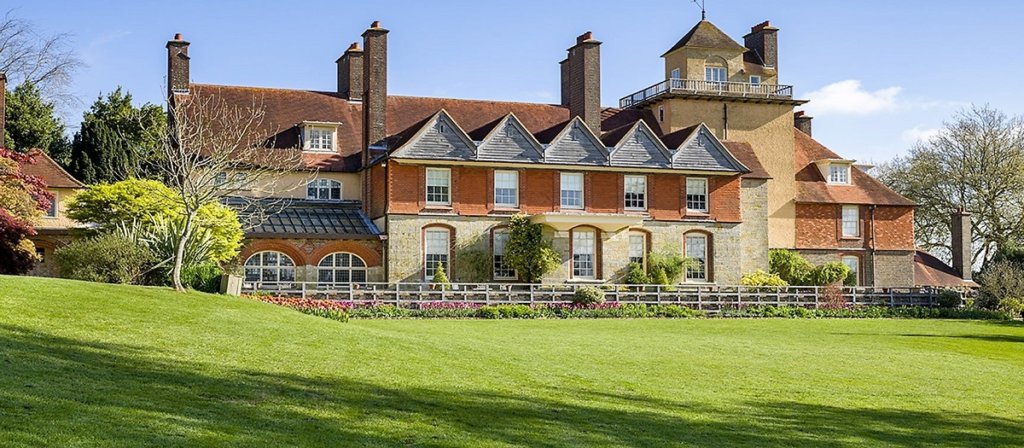
Bodiam Castle
Picture a castle in your mind and you’ve probably got an image of something like Bodiam – a fourteenth-century perfectly symmetrical moated castle with crenellated turrets. Situated near Robertsbridge in East Sussex, Bodiam is one of my favourite castles and a great place to teach children about British history.
History
Bodium Castle was built in 1385 by Sir Edward Dalyngrigge, a former knight of Edward III, with the permission of Richard II, ostensibly to defend the area against French invasion during the Hundred Years’ War.
The castle is square with towers in each corner and at the entrance. It has no keep. Various rooms and chambers are built around the outer defensive walls and the inner courts.
Bodium remained in the Dalyngrigge family for several generations until the line died out. It then passed by marriage to the Lewknor family. During the Wars of the Roses, Sir Thomas Lewknor supported the House of Lancaster which turned out to be the losing side. When Richard III of the House of York became king in 1483, Lewknor surrendered Bodium to the crown, but it was returned to him soon after when the House of Lancaster took the throne. The castle remained in the Lewknor family for the next 200 years.
Following the English Civil War, Bodium Castle fell into disrepair. It was bought by John Fuller in 1829. He began restoring the castle, work which was later continued by Lord Curzon. When he died in 1925, he donated Bodium to the National Trust.
Today
Join our mailing list

Sign up to receive our monthly newsletter. Keep up with what we're doing and be the first to receive special offers and insider tips.

